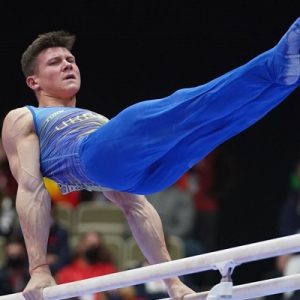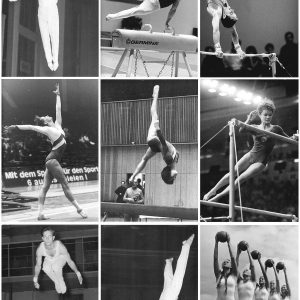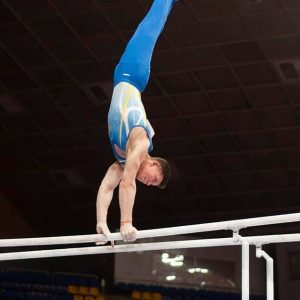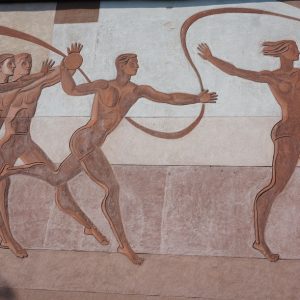Gymnastics
Founder of gymnastics:
Friedrich Ludwig Jahn
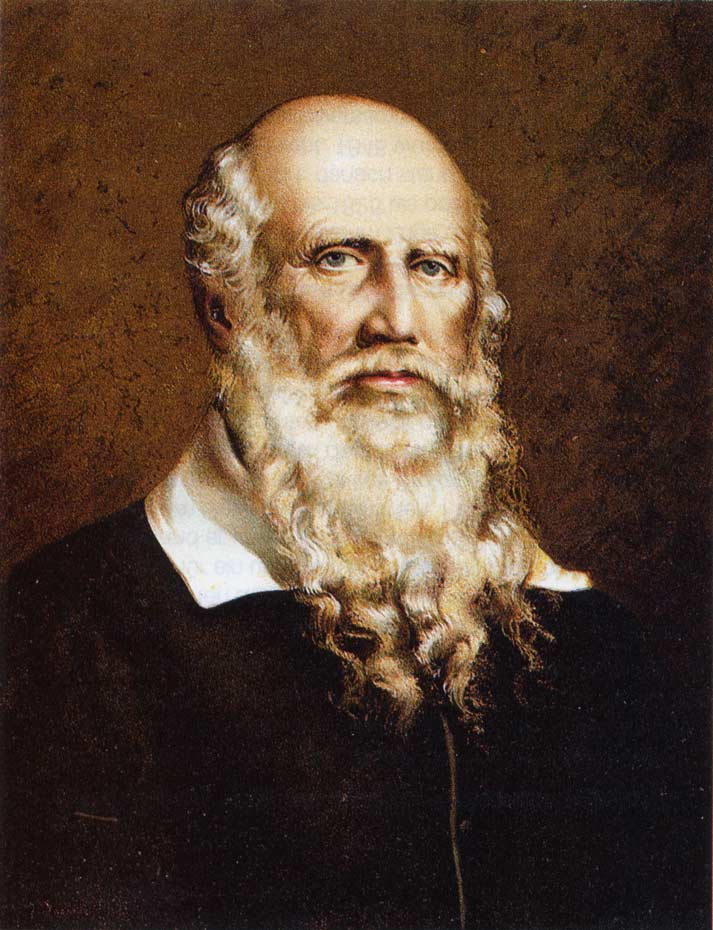
Friedrich Ludwig Jahn is considered the founder of gymnastics as an organized sport. He was a German educator who introduced gymnastics into school curricula in the early 19th century, creating the first gymnastics ground in Berlin in 1811. Yang developed a series of exercises designed to improve physical fitness and promoted physical education as a means of national revival.
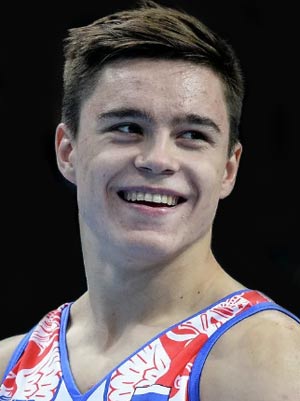
Nikita Nagorny
The world champion in artistic gymnastics in recent years can be called Nikita Nagorny, who won gold in the all-around at the World Artistic Gymnastics Championships in 2019.
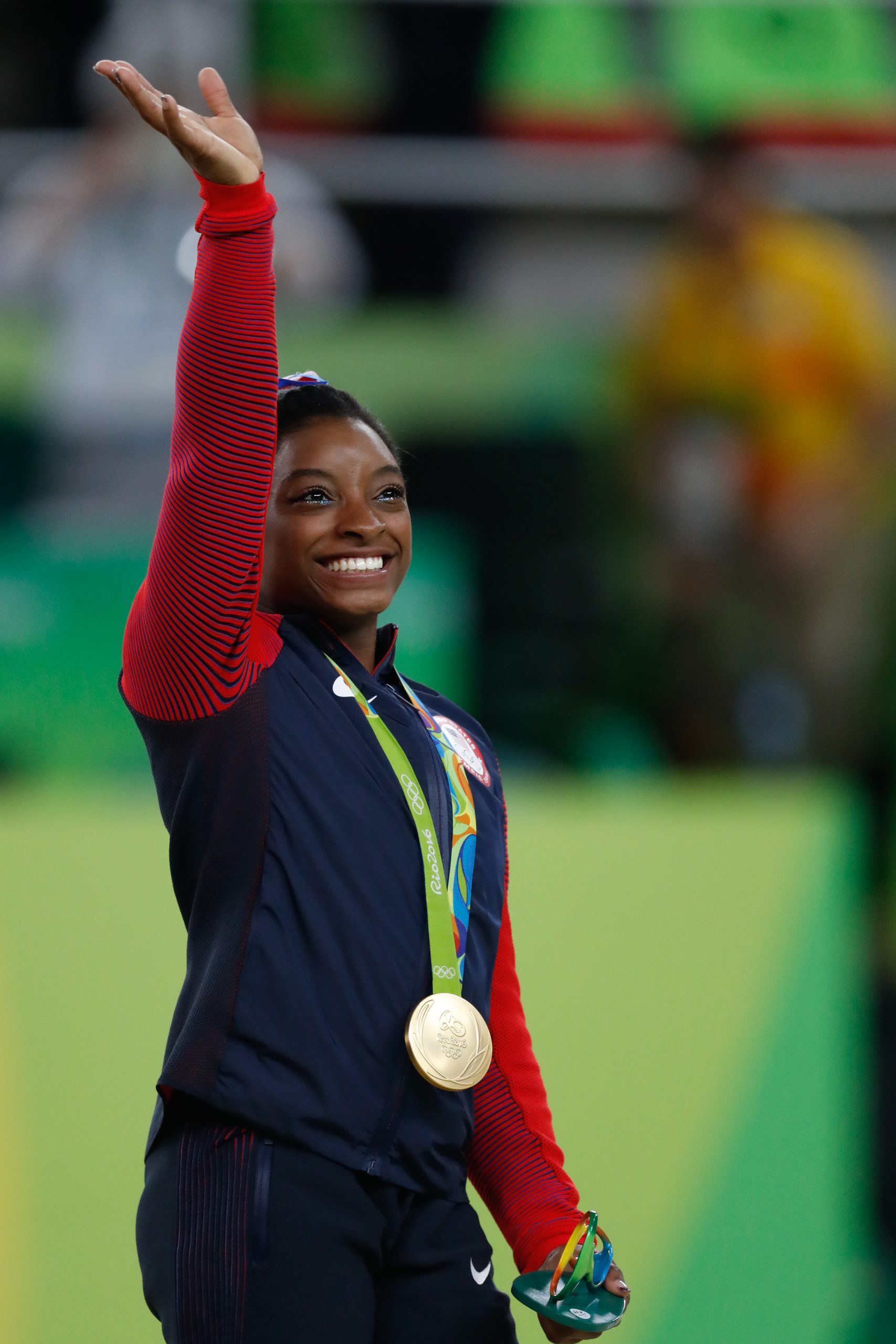
Simone Biles (USA)
outstanding gymnast, multiple world and Olympic champion.
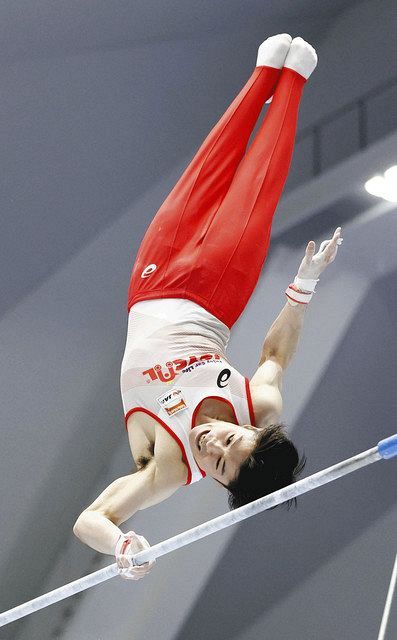
Kohei Uchichida (Japan)
one of the greatest gymnasts in history, multiple Olympic champion and world champion.
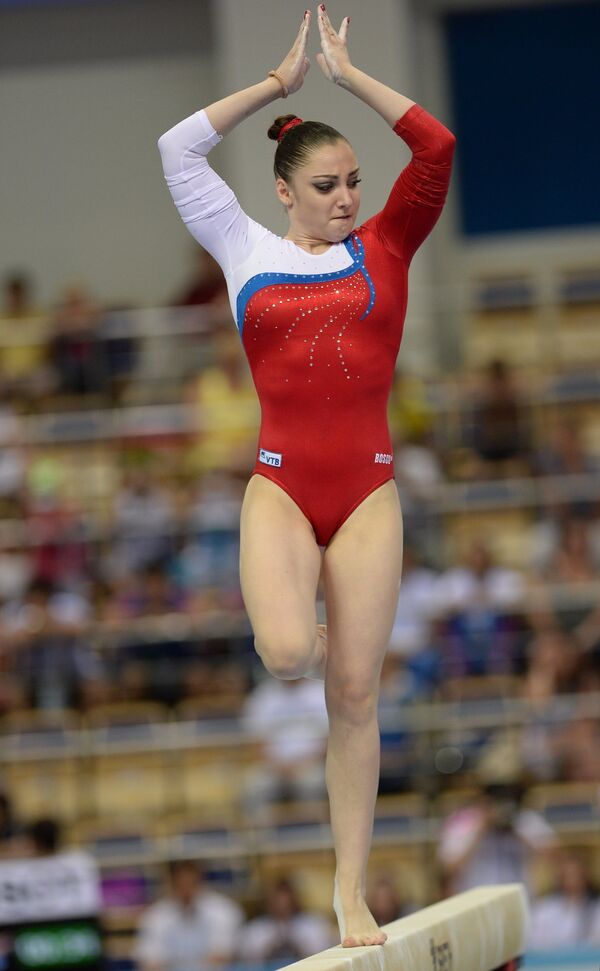
Aliya Mustafina
Olympic champion and multiple world championship medalist.

Mahmoud Sarehzadeh (Iran)
Mahmoud Sarehzadeh is a professional boxer representing Iran internationally. He became the Asian Champion in his weight class and won recognition for his strength and technique. Mahmoud is actively involved in the development of boxing in his country by training young athletes.
Gymnastics — physical exercises that were originally performed to improve health and exercise.
The name comes from the form in which the men of ancient Greece trained: gymnos – translated from Greek means “bare exercises”[specify the term][source?], it is also called body exercises. Gymnastics (from the Greek γυμνάζω – “being naked, training”) is a system of physical (physical) exercises that developed in Ancient Greece many centuries before our era. The goal of gymnastics was general comprehensive physical development and self-improvement. Another version of the origin of the word gymnastics is from the Greek. γυμνός – “naked” (the ancient Greeks are known to have exercised naked). In addition to general educational and military exercises, horse riding exercises, swimming, imitation and ritual dances, the gymnastics of the ancient Greeks also included exercises from which public competitions were held – running, jumping, throwing, wrestling, fist fighting, riding chariots, which, in their in turn, were included in the programs of the Olympic Games, which took place from 776 BC to 392 AD. e. for 1168 years.
Stand on a straight arm with the head down.
The origins of gymnastics begin with the third millennium BC. The oldest references to the system of gymnastic exercises exist in India, because it was there that the famous system of Indian yogis began its journey. There are images of those times, which show gymnasts participating in ritual festivals, demonstrating their strength and dexterity. At the same time, in ancient China, gymnastic exercises were used as a therapeutic and preventive tool.
The ancient Greeks made an invaluable contribution to the development and spread of gymnastics.
Everyone knows that the cult of a healthy, beautiful body reigned in ancient Greece. Sports were an integral part of life, in which gymnastics held a special place. After all, gymnastics developed strength, courage, endurance and spiritual confidence, it was practiced since childhood. Special schools were created – gymnasiums, where real athletes were raised from children. And teachers of gymnasiums of that time were called gymnasium teachers. Gymnasiums were respected and respected representatives of Hellenic society. Gymnasts had their own patron god, Hermes, in whose honor lavish festivals were held annually. On these holidays, young Hellenes took tests in dexterity, running, wrestling and javelin throwing. But in addition to these undeniable skills, young people had to have good, proportionately developed musculature. And in the formation of a well-proportioned body, gymnastics plays the first role.
Sports instrumental gymnastics[ed. | ed. code]
Jade Barbosa during free plank exercises
This is a sport. The physical education program includes free exercises and separate exercises on sports equipment. Free exercises are combinations of various movements combined with rhythmic music. This is aesthetic education, education of speed, endurance, flexibility, dexterity, expressiveness of movements.
Men’s gymnastics[ed. | ed. code]
The sport of men’s gymnastics includes exercises on the balance beam, rings, parallel bars, pommel horse, free exercise, and vault. The women’s gymnastics competition includes uneven bars, beam, vault and free exercise. Gymnastics is an Olympic sport.
Women’s gymnastics[ed. | ed. code]
Women’s gymnastics is a type of basic gymnastics, the content of which takes into account the peculiarities of the female body, first of all, the functions of motherhood.[1] Many exercises are aimed at strengthening the muscles of the pelvis (small pelvis and pelvic floor), abdominal muscles. Women’s gymnastics aims to develop plasticity, aesthetic expression of movements, a sense of rhythm and tempo, education of movement qualities: dexterity, flexibility, endurance, acquisition of applied skills.[1] Thanks to women’s gymnastics classes, the posture is improved, the figure becomes slender, and the gait improves.
Several gymnastics techniques:
Somersault
rotation around the horizontal axis of the body.
Screw
rotation around the longitudinal axis of the body.
Flick-flac (back handspring)
pushing off the floor with your hands followed by a back somersault.
Slash jump
jump with legs separated in the air at the maximum possible angle.
